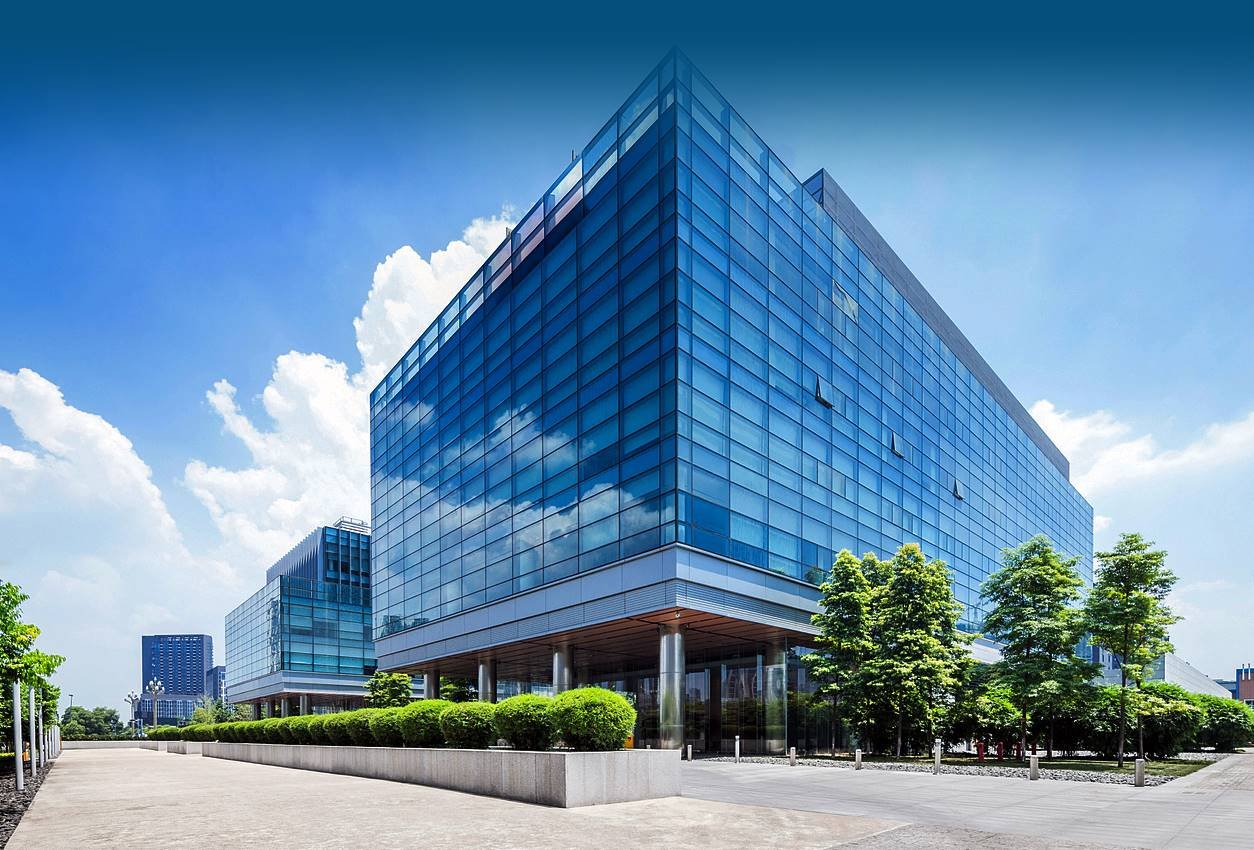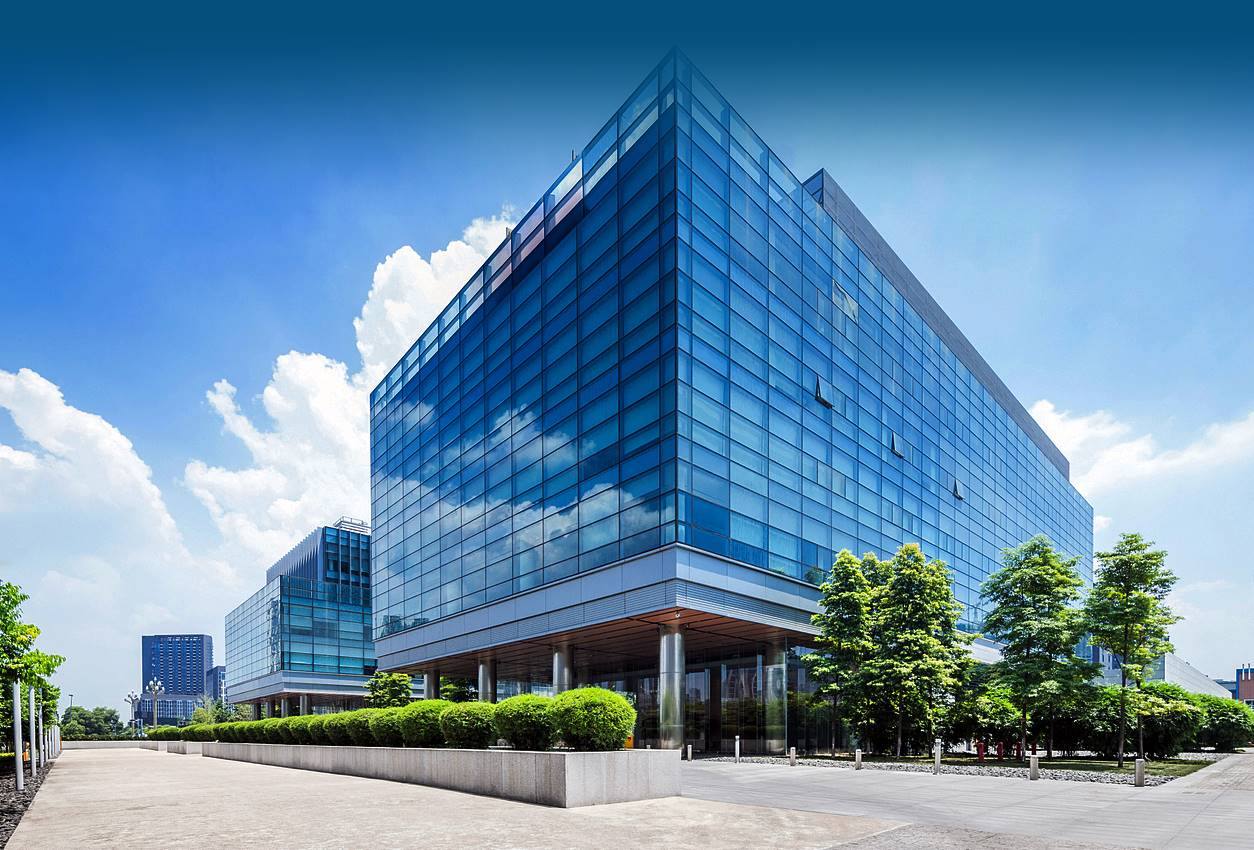We IT people are optimists, and we think the COVID-19 vaccines are going to get us out of the virus pandemic. That may be true, but we are now faced with trying to put the work-from-anywhere-you-want-in-jeans-and-a-t-shirt genie back in the bottle as we emerge from the pandemic. As we tackle the transition, I have a lot of questions for us, but fewer answers:
New Physical Workspace Requirements
How will we handle these in concert with our HR and Operations leaders?
It is easier to be entirely closed than it is to be partially open or open with restrictions. When our offices were closed, we could swing our IT focus to supporting a newly remote workforce. For the foreseeable future, we are going to need to support a remote workforce, and an on-site workforce, AND help manage the new requirements of limited capacity on-site.
Many IT teams are no bigger than they were a year ago, and some are considerably smaller. Fewer people plus more work equals the need for more automation and better technology. The first step is to sit down with HR and Operations to understand their goals for reopening and to confirm any new requirements they may have.
|
"This is not the end. It is not even the beginning of the end. But it is, perhaps, the end of the beginning." |
IT Organization's Role
How can technology help with workspace capacity, cleanings, collaboration, and so on?
Was that conference room cleaned after the last meeting, deep-cleaned, or just "tidied up?" How about that shared office? Is it clean because the person who used it was neat or because it hasn’t been used? Going into the pandemic, it was enough to run a coordination system for conference rooms and shared spaces; now it is more of a hotel reservation system with information on cleanings, slack time between meetings, and "distanced” capacity instead of maximum capacity. This is why it is important to understand any new requirements for the workspace. You will need time to do something other than a paper and pencil solution.
I have not found a slimmed-down reservation system to serve this need. If you have, would you mind writing about it in the Comments below? If you haven’t, sit down with the broader company leaders and define your requirements.
Equipment Issues
How are we going to manage the expected split between working in the office and working from home for each employee?
In the old days - as in a year ago - we could distinguish between people who needed portable computing technology and those who typically came into the office and sat at a desk. Call center agents were generally the latter and sales people were examples of the former. This all got upended when everyone became mobile, or at least when they began working outside the office. Now people are starting to return to their old model, which raises issues:
Are we going to duplicate infrastructure (laptops, monitors, keyboards, mice, power supplies) or are we going to require people to transport their equipment with them or to work sub-optimally at home or in the office?
How are we going to track equipment when it is "signed out" of the office? When you have a "Pepsi Syndrome" incident on a keyboard in the office, you simply swap in a new one. What do you do if it is not the keyboard, but it is the laptop itself, and it is not in the office but it is 30 or 60 minutes away at an employee's home? How do you replace it? Is the employee responsible? What if they can't work while they wait for a remote technician? Do they get paid if they are salaried? What if they are hourly?
Stipend Policy
If we provided stipends for covering additional costs for working from home (enhanced internet, equipment as in the above, etc.) are those stipends going to continue now that our costs in the physical offices are back to their pre-COVID levels?
I know some companies provided stipends or other means to defray the increased costs of working from home when we went into lockdown. Are we going to continue to do that for our current employees? Are we going to do that for new employees as well? Should it be outlined in an offer letter? How are we going to distinguish between need-to-have and nice-to-have items?
If we do continue to provide stipends for home technology, is there going to be an IRS "ruling" that this is "compensation" and therefore taxable? I'm not an accountant or a lawyer, but I can't imagine that these stipends are long-term tax free. The time to work this through is before you get asked this question by your auditor or by a government agency.
Software Licenses
Are we going to leave the collaboration products and licenses in place for everyone, or are we going to go back to a pool of licenses or to licenses only for some people?
The transition to video happened very quickly in a lot of organizations. Are we going to continue to allow people to use personal Zoom accounts because they were out of sight and therefore out of mind? I don't imagine a voice-only world again, but I do see that we have a one-time chance to implement a consistent video conferencing solution across the company.
Work-from-Home Preference
What are we going to do if members of our IT team want to work for us but do not want to return to working in the physical office?
People were mobile during the pandemic and may or may not have been operating out of the same area or even the same state as their physical offices. Having had a taste of being able to work from home (or from anywhere), when it is safe to return to the office, what if they just don't want to do so? Are we prepared to have a remote workforce, and, if so, in which roles? If they have moved out-of-state, do we need to move their payroll elsewhere?
Compensation
Are we going to adjust salaries to match the role's location or the location in which the work is being performed?
If someone accepted a job pre-lockdown at a salary, and that job required coming to the office every day, then is it a different job if that person chooses not to come to the office? What if the person is not only not commuting to the office but has moved to a remote location? Is it the same job if the person cannot even get to the office unless asked a couple days in advance?
Team Culture
If we have a more remote workforce long term, how do we build a sense of team?
How do we onboard new people, both technologically and culturally? Few of us may have liked sitting in a room for days onboarding new people or getting onboarded ourselves, but at the end of it, at least we had all met each other. We heard a few stories about people and learned their backgrounds.
Video conferencing may be more personal than a phone call, but it does not lend itself to building comradery. One of the reasons that IT was able to step up at the start of the pandemic was because we knew each other, had eaten a lot of cold pizza together, had napped under our desks (separately) during upgrades, and had been through other, albeit less severe, situations as a team before. What is going to bind us together to carry us through the next situation if we have only ever met on video?
I am optimistic that we are at the end of the beginning. The vaccines are getting out to protect our most-exposed and our most-vulnerable populations. The more successful the rollout is, the sooner we will need to address the questions above and the sooner we get to the beginning of the end and to the end itself. Stay safe.


Written by Paul T. Cottey
Paul T. Cottey is the founder and CEO of MRAnates LLC and the recently retired CIO of a private equity firm. Prior to that he was the CIO at two different revenue cycle management companies and an executive partner at Accenture.



